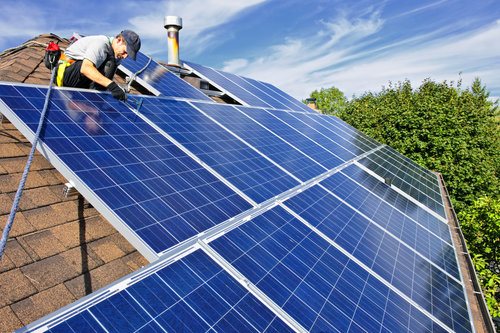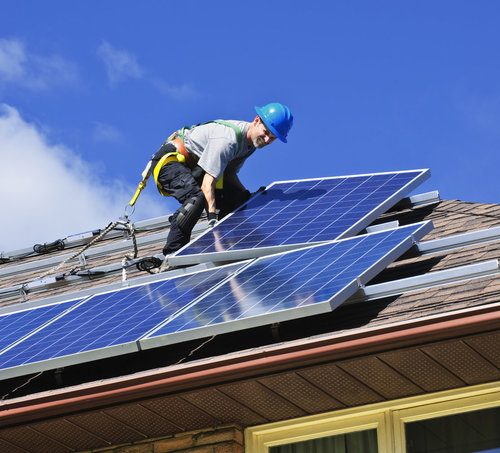Solar
Average Cost for Solar
Since its introduction in the 1970s, solar power has increased in efficiency and popularity, while decreasing in overall cost. Solar panels and photovoltaic shingles and cells can be used to help lower your dependence on electricity. Solar water heaters, attic fans, and other solar-powered appliances can also help keep your energy costs low, while providing additional functionality to your home.
Solar projects have a wide range of associated costs. Solar appliances have the lowest price both in terms of purchase and installation, while solar panels tend to cost the most. Your climate and the position and size of the panels all have an impact on the final price.
Many pieces go into a solar installation, including the panels, cells, mounts, and inverters. These pieces impact how a project turns out and how it functions, so most sites have a site map created to determine the best setup. Labor costs for the installation are usually calculated by the watt, with the average 5kW system costing roughly $3,000 in labor, or around $0.59/watt.



